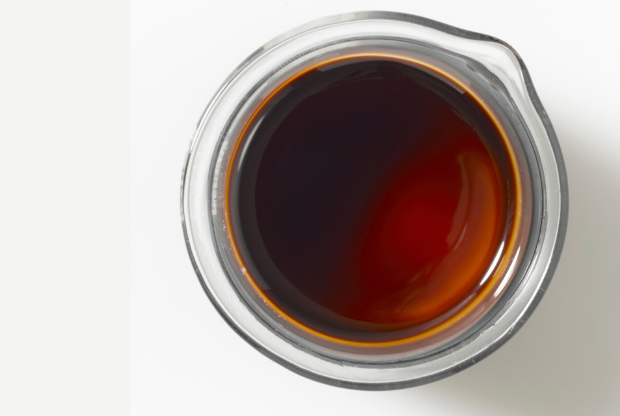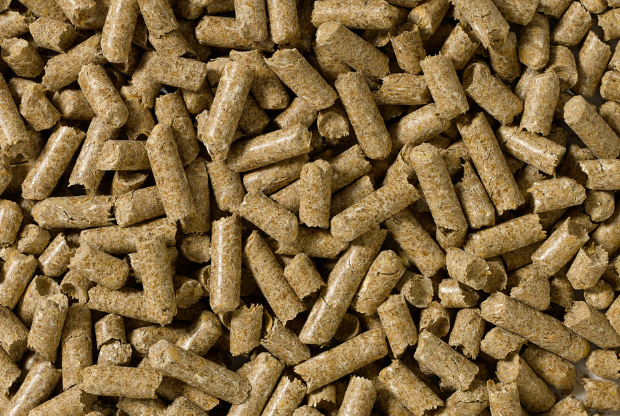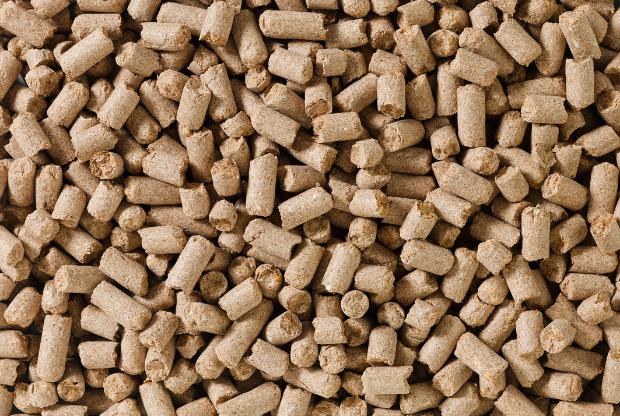Our key ingredients
The various cereals, co-products, legumes and beans used at Saracen Horse Feeds all contain core nutrients such as protein, fibre, starch, sugar and oil. The balance of these nutrients varies for each ingredient, with some being naturally higher in one nutrient than others.
Feed ingredients are often best known for one particular nutrient within their profile. For example, soya is high in protein, barley is high in starch and rice bran is high in oil. It is the careful combination of all the feed ingredients that produces the best results and creates feed blends appropriate to the type of work the horse is in, their stage of life or phase of growth.
Join Dr. Joe Pagan as he provides insights into the different energy sources for horses and talks through the research behind them. With over 30 years of scientific research and development, Kentucky Equine Research remains at the forefront of producing the research used throughout the Saracen Horse Feeds range. Whether you are confused about starch or why certain ingredients are used, Joe Pagan will help to explain the science behind the feed and what you need to know to make the right choice for your horse.
Feed Advice Form
Complete our online form to receive a detailed nutritional plan for your horse or pony from one of our registered nutritionists.

Barley & Barley Flakes
Barley is naturally high in starch and is a valuable source of carbohydrate. Barley requires cooking to ensure it is digestible and nutrients are readily available to the horse. Barley is found in two forms, either within a pellet or as a micronised flake in mixes. Whilst best known for its carbohydrate content, barley is also a source of protein, with a content of approximately 10%-11%. Barley is low in fibre and so higher fibre ingredients are used alongside it to ensure the finished feed has a good fibre content.

Beet Pulp
Beet pulp is a co-product of the sugar industry. This fibrous material is what remains after sugar has been extracted, and beet pulp is therefore very low in sugar (<5%). It is highly digestible, highly fibrous, and much like cereals such as barley, it is also a source of protein. Unlike cereals, it is low in starch, although it has a similar energy content to oats. It is classified as a "Super-Fibre" because of this energy value. Beet pulp is also chosen as a feed ingredient for its natural prebiotic effect as well as providing a source of pectin to help maintain optimal stomach health.

Full Fat Linseed
Linseed is high in oil and calorie dense. It naturally contains omega-3, 6 and 9 fatty acids, which have many health benefits. Whilst oil is its best known feature, it is also high in protein, more than double most cereals. Its energy content means that it is often used to add condition to horses, but in addition, combined with its low starch level, it is also suitable for older horses and those at greater risk of conditions such as laminitis.

Grass Pellets
Grass pellets contain a variety of grasses specially dried to preserve their nutritional value. Grass pellets are naturally sweet and a good souce of protein, typically 13% or greater, and a great source of fibre. They are highly digestible, so are sympathetic to the digestive system. Grass pellets are an ideal ingredient for use in rations designed for horses with dental problems. They are a soft pellet and can be easily soaked, enabling some rations to become palatable mashes quickly and easily.

Lucerne Pellets
Lucerne pellets, also known as alfalfa pellets, provide a higher level of protein than cereals whilst being high in fibre. They are valued for their macro mineral profile, which is naturally higher than most grasses or grains. They supply a moderate level of energy (calories) whilst remaining very low in starch (3%) and sugar (5%).

Maize
Maize is naturally high in starch and is a valuable source of carbohydrate. Maize, much like barley, requires cooking to improve digestibility. Micronised maize is higher in starch than barley and has a lower protein profile. The amount of maize used within feeds is typically lower than oats or barley as only small amounts are needed to increase the carbohydrate profile.

Molasses
Cane molasses is derived from sugar cane. The extraction process has several steps. The first extraction or 'first molasses' which has the highest sugar content is commonly used as pancake syrup. The 'second molasses', also known as dark molasses, is used for animal feeds. Molasses is not purely sugar, it also contains macro minerals. Molasses provides a higher level of potassium than most forages. Adding molasses to the feeds helps with vitamin and mineral dispersion. In cubes, the addition of molasses also acts as a natural binder which, like wheat and wheatfeed, reduces the need for chemical binders to be used.

Oats
Oats have been favoured as the grain of choice for working and breeding horses for centuries. Oats can be fed whole, although their digestion is improved by crushing or cooking. The starch content of oats is much lower than barley and maize and their fibre content is higher. Oats are also a source of protein, typically 9-10%.

Oatfeed
Oatfeed is derived from the human food process of producing oatmeal. It is mostly compromised of the outer husk of the oat, a highly fibrous material, which is removed when producing oat groats. Oatfeed is an excellent source of dietary fibre. Despite being part of the oat/wheat plant, both oatfeed and wheatfeed are low in starch (approx. 12%) as the cereal grain is not included in the product.

Pea Flakes
Peas are the edible seeds of the legume pisum sativum and are chosen for their high level of protein. Flaked peas are often used in combination with other protein sources such as soya, sunflower or linseed. They are a colourful, nutritious ingredient, frequently used in stud and youngstock rations.

Rice Bran
Rice bran is derived from the human food process of rice production. It is comprised of the outer layers along with some of the starchy endosperm, the nutrient rich centre of the grain. Rice bran is naturally high in oil and, once stabilised through extrusion, is favoured as an easy-to-feed source of calories. Rice bran, like all other grains, contains protein and starch, although the low inclusion or feeding rate make for a small daily contribution in contrast to the high amount of oil provided.

Soya and Soya Flakes
Soya is a legume related to peas and alfalfa. It is valued for its high protein content and a higher proportion of lysine, a key amino acid, in comparison to other legumes. The oilseeds obtained from the soya plant are used to make ingredients such as soya oil and soya bean meal.

Soya Hulls
Soya hulls are the fibrous shell of the oilseed and are an excellent source of dietary fibre. In comparison with oatfeed, which is also valued for fibre, soya hulls have a higher protein content. They are considered a ‘super-fibre’ and have around 30% more digestible fibre than most hays with a very low starch (5%) and sugar (2.5%) level.

Soya Oil
Of all the vegetable oils suitable for feeding to horses, soya oil has proven to be the most beneficial, being particularly rich in omega-6 fatty acids, including an especially high content of linoleic acid. This fatty acid is an essential component in the horse's diet and promotes good skin and coat condition, whilst oil in general is a concentrated source of slow release, non-heating energy for the promotion of weight gain or stamina. Soya oil is a palatable oil that provides additional calories to a feed.

Sunflower Meal
Sunflower meal is derived from sunflower seeds following removal of oil to produce sunflower oil. The remaining meal is high in protein and it is dominantly used as a protein source. Sunflower meal is also a good source of fibre and linoleic acid.

Wheatfeed
Wheatfeed is derived from the human food process of flour milling. Wheatfeed is comprised dominantly of the fibrous husk of the wheat grain, along with some starchy endosperm, the nutrient rich centre of the grain. Wheatfeed is valued for its combination of fibre and starch which makes it well suited to almost all feeds. Wheatfeed is also a source of protein, with a higher level than most cereals and similar to lucerne. The inclusion of wheatfeed in the Saracen cube formulations means we do not need to use chemical binders as wheatfeed is naturally gelatinous and helps ensure the pellets bind together well.











